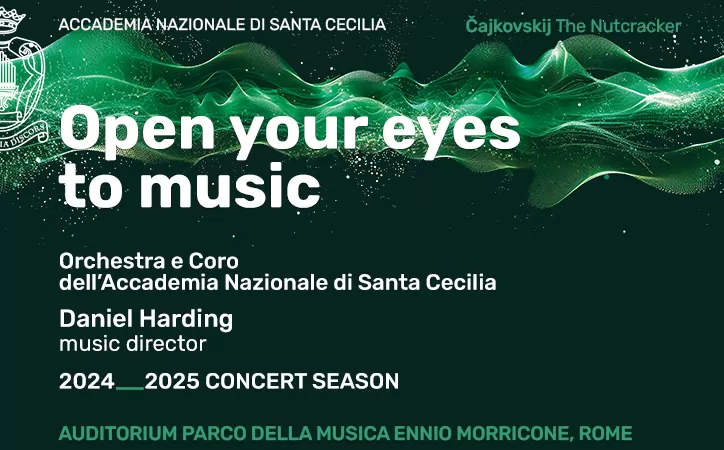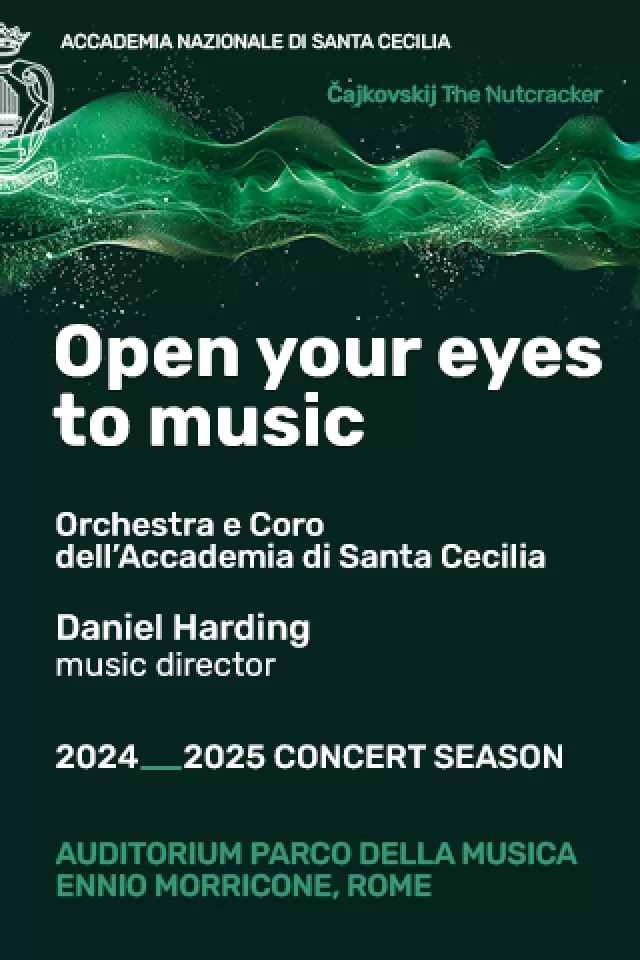The palace of the toys: Zagarolo's Museo dei Giocattoli
Like many small towns in Lazio, Zagarolo possessed a splendid, if somewhat dilapidated, palace. In 1980 the town council had purchased the 16th-century Palazzo Rospigliosi, which had once been the country retreat of the noble family of that name, from its last aristocratic owner. At the time, however, the money needed to carry out the extensive repairs required to restore the property to its former glory wasnt available. For some 15 years, the town was forced to neglect the grubby faade and faded frescoes of this once illustrious great house, where Caravaggio had taken refuge in 1606 during one of his flights from the law and where he is believed to have painted his celebrated La Cena in Emmaus.
In the mid-1990s, the regional government offered to help the small municipalities in Lazio smarten themselves up. However, funding was dependent on meeting certain conditions. Simply restoring a monument wasnt enough; a use also had to be found for it something that would transform it into a tourist attraction and draw visitors. Zagarolo examined numerous ideas and proposals, but in the end the town opted for a truly novel initiative: the creation of the Museo del Giocattolo (toy museum).
There wasnt any point in setting up yet another archaeological museum, explained museum director Giovanni Pescatori. Lazio is full of that kind of thing. Weve got Palestrina, with the Temple of Fortune and the Barberini archaeological museum, just around the corner. Zagarolo couldnt compete with that. So it was decided to create something totally different.
The result is a vast selection of 800 exhibits displayed in 17 rooms of the Palazzo Rospigliosi, making it one of the largest and most eclectic collections of toys not just in Italy but in Europe. The museum is a delight for young and old, covering the history of toy making from the mid-19th century to the present day. It features items made by individual craftsmen and legendary European and USA manufacturers such as Hornby, Lehmann, Marklin, Bing, Marx, Lenci and Dep.
The museum opened on an experimental basis with a few exhibits in 2000, said Pescatori. However, the idea was such a success that the provincial authorities allotted money to buy items from some important Italian private collections, such as the Museo del Giocattolo e del Bambino of Milan, the Palmieri-Billig Museo della Memoria Giocosa in Rome and the collection of early 20th-century doll maker, Nella Crestetto Oppo.
The Zagarolo toy museum was finally launched in style in March 2005 and is now open on a regular basis.
The heart of the museum is the vast and luminous ceremonial throne room, where cardinals, kings and princes were once received with all the honours by the dukes of Zagarolo. A modern staircase rising from the centre of the room leads up to a little gallery from which visitors can get a panoramic view of the exhibits, which are grouped according to theme. A large area is occupied by war games not the computerised kind so popular with children today but the little soldiers, tanks and guns our fathers played with.
These are interesting also from a historical point of view, commented Pescatori, indicating the tiny regiments of British troops in colonial uniform, Balilla boy soldiers from the fascist era, French legionnaires, a field hospital from world war one and, of course, the once popular but now politically incorrect cowboys and Indians.
Many exhibits are masterpieces made by craftsmen, such as a magnificent model of Badiscel Castle in Austria, the hunting reserve of emperor Franz Josef, complete with tiny coach and horses, hunting dogs and ladies with parasols strolling along the battlements.
Three rooms leading off the throne room are dedicated to toys that were modelled on daily life. Lovers of dolls can enjoy the splendid examples surely no little girl ever actually played with these reproductions of grand society ladies of the Victorian and Edwardian era, complete with all their exquisite accessories and hand-crafted dolls furniture. There is also a miniature schoolroom from the 1940s and a tiny pre-war grocers shop, perfect in every detail.
The children (and parents) who visit the museum are particularly attracted to the huge electric train set that occupies Room XI. It consists of various pieces dating from the end of the 19th century to the 1930s, with locomotives, carriages, level crossings, station buildings, bridges and sidings from Marklin, Hornby, Lionel and the like.
The pride of the entire museum, however, is the Maria Signorelli puppet collection, on permanent loan from Signorellis daughter, Giuseppina Volpicelli. Signorelli, a prominent figure in the Italian theatre world, occupied the first chair in theatrical animation at the DAMS, Italys leading school of dramatic arts in Bologna. The collection is spread over three rooms and includes beautifully handmade Italian puppets, some dating back to the mid-19th century, as well as glove and stick puppets from all over the world.
The last room takes us into the space age with robots, space ships and the arrival of plastic, signalling the virtual end of traditional toy making and the beginning of standardisation and cheap mass production. But, in some ways, the saddest and most significant exhibits are the selection of modern Playstations, Gameboys and Nintendo, which have already become obsolete.
Toy Museum, Palazzo Rospigliosi, Zagarolo, tel. 069524572 or 0695769404. Opening hours: Wed-Fri 09.00-13.00, Sat-Sun 10.00-20.00 (18.00 in winter). Mon and Tues closed. Admission: ?4 (?2.50 for children). How to get there: Zagarolo is on the Via Prenestina, 36 km from Rome, and can be reached by bus from the metro terminals of Anagnina or Ponte Mammolo.


















